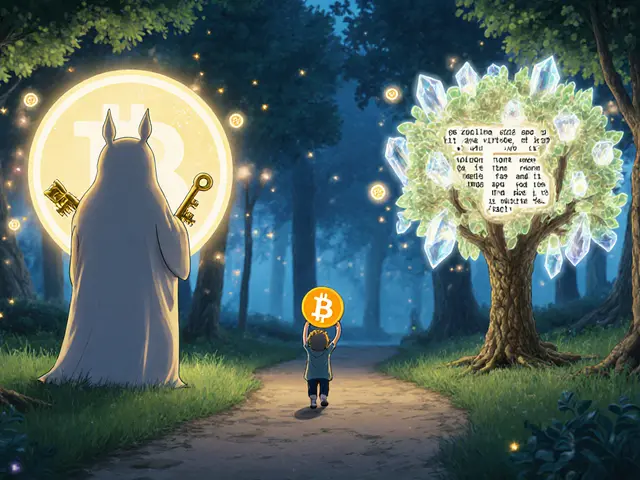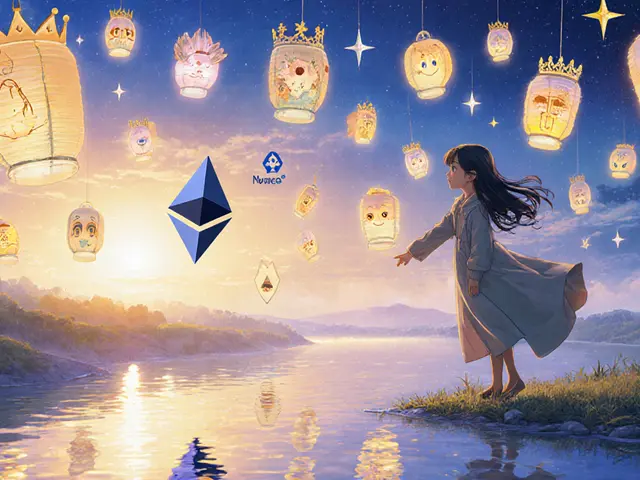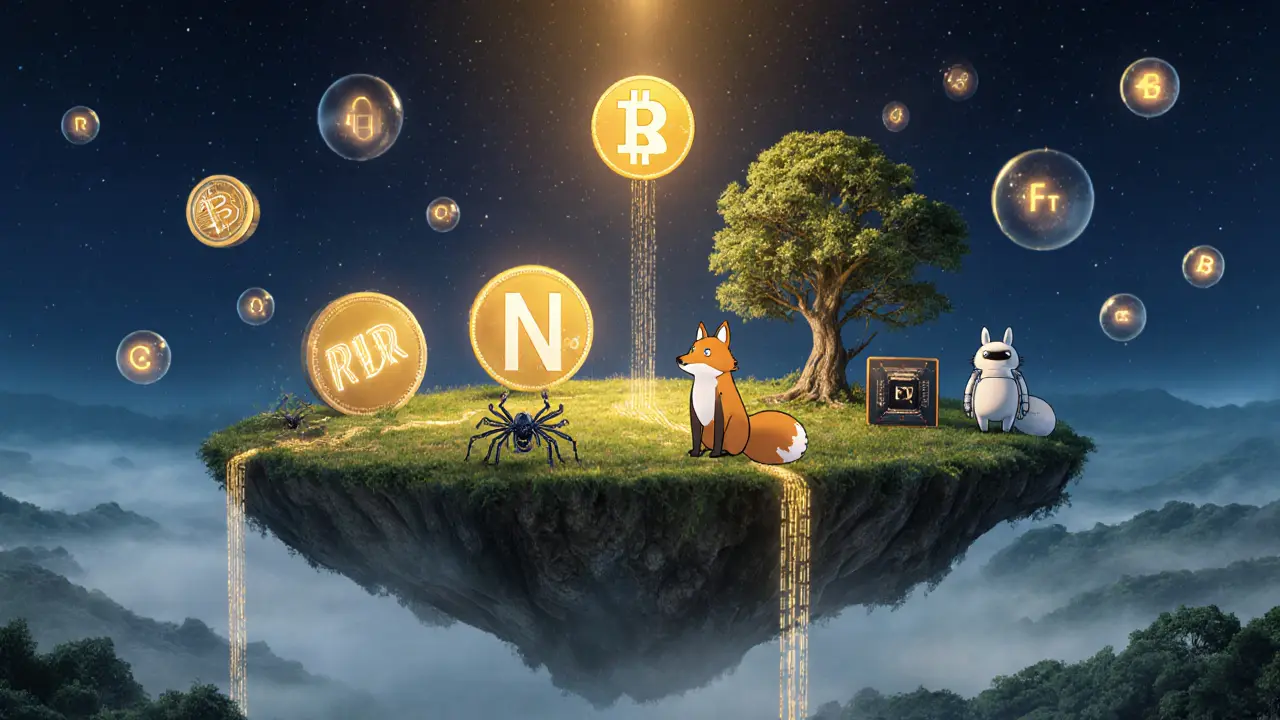Decentralized AI: How Blockchain and AI Are Combining to Change Everything
When you think of artificial intelligence, you probably picture big tech companies running massive servers in data centers. But decentralized AI, a system where AI models are trained and run across distributed networks instead of centralized servers. Also known as blockchain AI, it lets anyone contribute computing power, data, or algorithms—and get paid for it. This isn’t science fiction. It’s happening right now, with projects using blockchain to create AI that’s more transparent, private, and resistant to manipulation.
Traditional AI relies on companies like Google or OpenAI holding all the data and control. Decentralized AI flips that. Instead of one company owning the model, thousands of nodes across the world help train it. Think of it like Bitcoin mining, but instead of verifying transactions, you’re helping teach an AI how to recognize images, translate languages, or predict market trends. AI tokens, cryptocurrency rewards given to users who contribute resources to decentralized AI networks. Also known as AI incentive tokens, they turn idle GPUs and data into real income. Projects like NFPrompt and others use these tokens to pay people for uploading prompts, labeling data, or running inference tasks. You’re not just using AI—you’re helping build it.
Why does this matter? Because centralized AI can be biased, censored, or shut down. A decentralized AI model can’t be easily taken offline. It can’t be owned by one government or corporation. And because the training data comes from many sources, it’s harder to poison or manipulate. This is especially powerful for privacy-focused applications—like AI that analyzes your medical records without ever sending them to a central server. decentralized machine learning, a method where AI models learn from data split across devices without central aggregation is already being tested in healthcare, finance, and even ad tech. No more creepy targeted ads based on your private data—just smart algorithms that work without ever seeing your personal info.
But it’s not all perfect. Decentralized AI is slower than cloud-based models. It’s harder to scale. And many projects are still experimental, with weak tokenomics or no real users. That’s why the posts below don’t just hype the future—they show you what’s actually working. You’ll find real examples of AI tokens that have traction, networks that are live and paying users, and the hidden risks most blogs ignore. Whether you’re curious about how AI on blockchain affects your wallet, or you’re wondering if decentralized models can really beat Big Tech, the articles here cut through the noise. No fluff. Just what’s happening, who’s building it, and what you should know before jumping in.
18
Future of AI in Crypto Industry: How AI and Blockchain Are Merging in 2025
By 2025, AI and crypto are merging into a new infrastructure layer-powering decentralized AI training, data marketplaces, and autonomous agents. Real utility, not speculation, is driving growth.
Latest Posts
Popular Posts
-
 What Is Collateralization in DeFi? A Clear Guide to How It Works and Why It Matters
What Is Collateralization in DeFi? A Clear Guide to How It Works and Why It Matters
-
 Trusted vs Trustless Bridge Designs: Which One Keeps Your Crypto Safe?
Trusted vs Trustless Bridge Designs: Which One Keeps Your Crypto Safe?
-
 What is WINkLink (WIN) crypto coin? A clear guide to its purpose, price, and role in TRON
What is WINkLink (WIN) crypto coin? A clear guide to its purpose, price, and role in TRON
-
 What Are Public and Private Keys in Cryptocurrency? A Simple Guide to Digital Ownership
What Are Public and Private Keys in Cryptocurrency? A Simple Guide to Digital Ownership
-
 AceStarter x CoinMarketCap AvaAce Legendary NFT Airdrop: How to Qualify and What You Need to Know
AceStarter x CoinMarketCap AvaAce Legendary NFT Airdrop: How to Qualify and What You Need to Know
Tags
- crypto exchange
- cryptocurrency
- blockchain
- crypto exchange review
- meme cryptocurrency
- cryptocurrency compliance
- Binance Smart Chain
- crypto airdrop 2025
- CoinMarketCap airdrop
- underground crypto Nepal
- crypto airdrop guide
- crypto staking
- Bitcoin mining Iran
- airdrop
- Ethereum staking
- GENIUS Act
- liquid staking
- cryptocurrency exchange security
- crypto
- crypto airdrop



